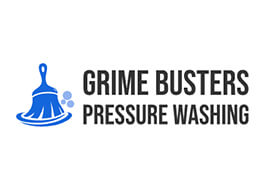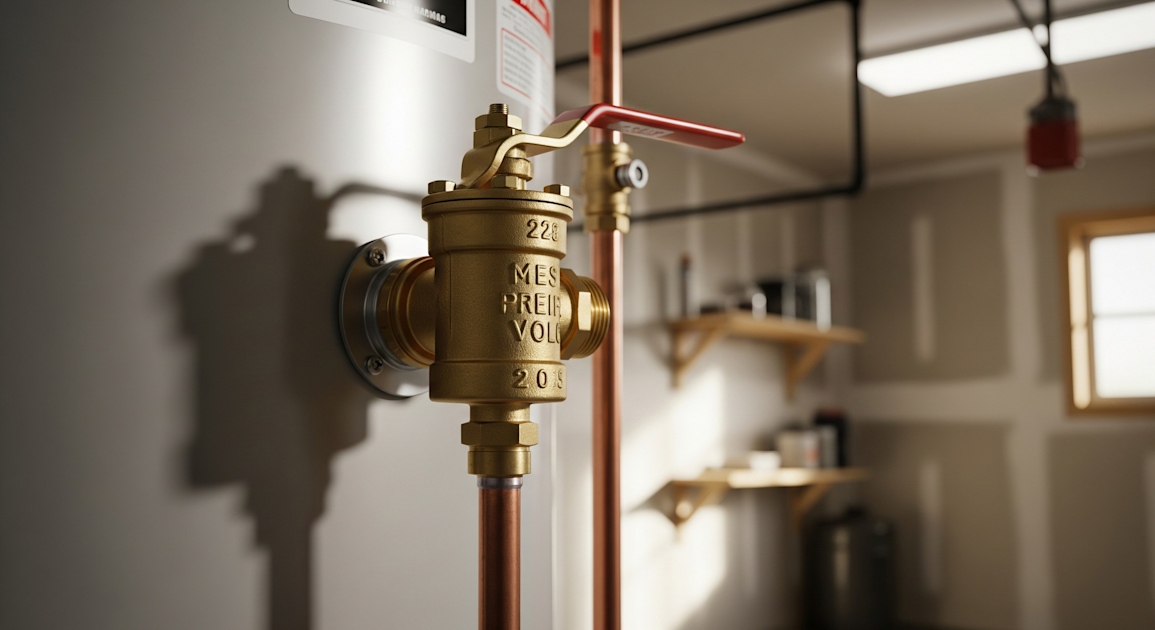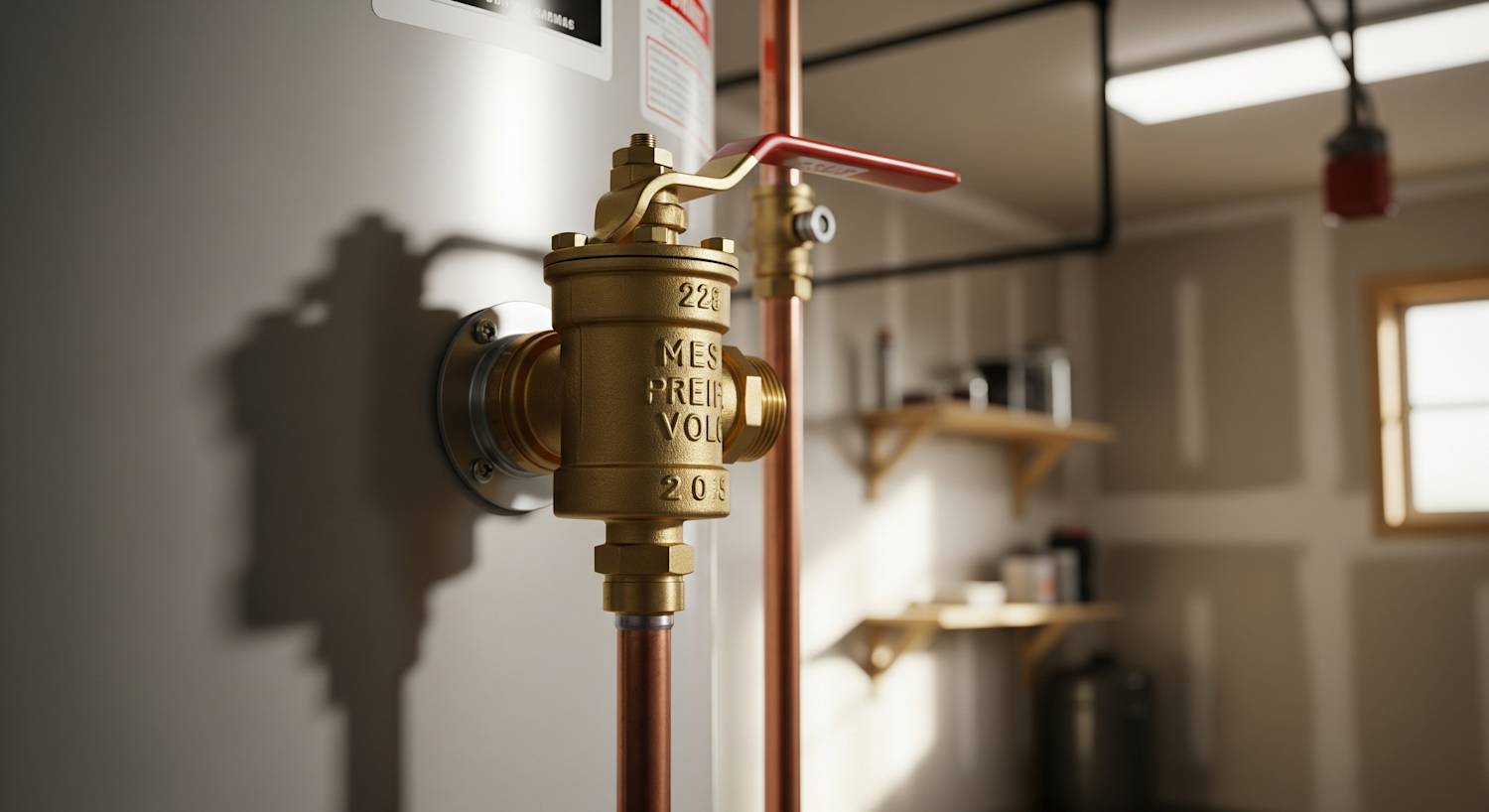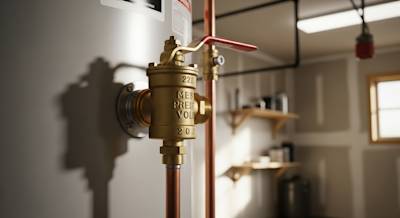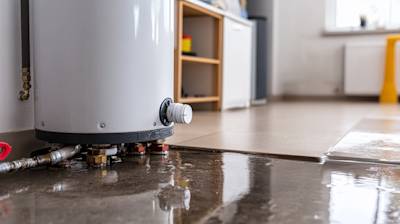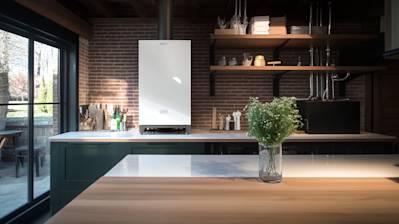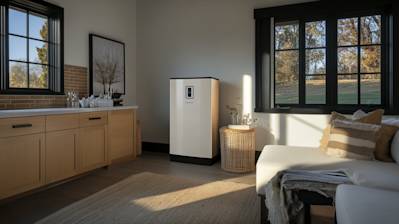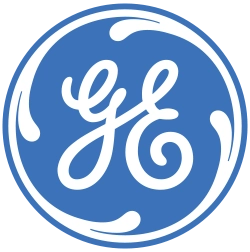Safety is fundamental in all applications, more so in industries where high-pressure environments areThe common. At the forefront of safeguarding these environments and maintaining manageable pressure levels is an ingenious device known as the pressure relief valve. In this blog post, we provide a thorough understanding of the critical role that pressure relief valves play and delve into its various types, applications, and maintenance procedures.
The Fundamentals of Pressure Relief Valve
A pressure relief valve (PRV) is a safety device designed to correct abnormal or excessive pressure levels. When pressure within a system exceeds predetermined levels, the PRV is triggered, venting the excess pressure and returning the system to a safe pressure status. Essentially, it's a fail-safe solution to pressure surges.
Categories of Pressure Relief Valves
Pressure relief valves come in a multitude of specialized forms to accommodate the varied needs of different applications and industries. These include:
Safety Relief Valves: These have applications in both liquid and gas systems. The valve is designed to open proportionally, i.e., the valve opening increases with the pressure.
Pressure Safety Valves: Mostly used in gas or vapor systems, these open rapidly, instantaneously releasing pressure when a specific threshold is reached.
Vacuum Relief Valves: Unlike the others that deal with excess pressure, these valves help to avoid a vacuum condition in potentially vulnerable systems.
Applications for Pressure Relief Valves
Pressure relief valves offer widespread utility across varying industries and applications. They're commonly found in:
- Fossil Fuel Power Plants: These plants operate under high-pressure conditions, and PRVs are essential for employee safety and equipment protection.
- Chemical Manufacturing: Potential chemical reactions during manufacturing can lead to pressure surges; PRVs are crucial in maintaining equilibrium.
- Oil & Gas Industries: Due to the highly pressurized extraction processes, PRVs are utilized significantly in the oil and gas industry.
- Pharmaceutical Industries: PRVs are found in drug production units to ensure safe pressure levels during the manufacturing process.
Maintenance Procedures for Pressure Relief Valves
Regular maintenance and testing of pressure relief valves are considered best practices to ensure their continued functionality. Following are a few key steps in this process:
- Routine Visual Inspections: Regularly examine the valve for wear, damage or leaks, and rectify any issues as soon as possible.
- Functional Test: Test the functionality of the valve periodically to ascertain if it's working correctly and releasing pressure as planned.
- Professional Assessment: Have your PRVs professionally inspected and certified annually, as industry standards and regulations often mandate.
Selecting the Right Pressure Relief Valve
Selecting the appropriate type of valve requires factoring in multiple aspects depending on the specific application. Here's what to evaluate:
Type of Media: The kind of media (liquid, gas, steam) impacts the choice of valve.
Set Pressure: The specific pressure level at which the valve needs to activate is another key consideration.
Flow Rate: The flow rate of the media will also influence the choice of PRV.
Backpressure: This refers to the pressure that can exist at the outlet of the PRV and will help determine the correct valve.
Frequently Asked Questions about Pressure Relief Valve
How Does a Safety Pressure Relief Valve Work?
A safety pressure relief valve operates based on the force-balance principle. When the system pressure exceeds the set pressure of the valve, the pressure difference pushes the disc (valve component) open, allowing fluid to escape and relieving the excess pressure. Once the system pressure drops back to a safe level, the disc returns to its seat, and the valve closes.
What are the Different Types of Pressure Relief Valves?
There are several types of pressure relief valves designed for various applications. These include the safety valve, the safety relief valve, the relief valve, the pressure regulating relief valve, and the pilot-operated relief valve. Each valve operates differently and has specific use cases based on the requirements of the system.
How Do I Install a Pressure Relief Valve?
The installation of a pressure relief valve depends on the specific design and type of the valve. However, in general, it involves inserting the valve into the system at the pressure points that need monitoring or control. The valve should be placed in an area where it can properly detect and relieve excess pressure. Always refer to the manufacturer's instruction manual for specific installation details.
How Often Should a Pressure Relief Valve Be Tested?
It's recommended to test pressure relief valves at least once a year, or according to the manufacturer's recommendations. Regular testing ensures that the valve is working correctly and can adequately protect your system from overpressure conditions.
How Do I Know if My Pressure Relief Valve is Faulty?
Some common signs of a faulty pressure relief valve include leakage from the valve, failure to open at the set pressure, or the valve remaining opened without excess pressure. If you encounter these issues, it's best to have your valve inspected or replaced.
How Do I Maintain a Pressure Relief Valve?
Regular inspection, testing, and cleaning are integral parts of maintaining a pressure relief valve. Ensure that the valve is free from deposits or corrosives that could hinder its operation. Replace worn-out parts as necessary and always use the correct tools in any maintenance task to avoid damaging the valve.
Can I Replace a Pressure Relief Valve Myself?
While it's possible to replace a pressure relief valve by yourself, it's advisable to consult with a professional or trained technician. Incorrect installation could lead to valve failure or systems damage. Always remember, when it comes to safety devices like the pressure relief valve, it's better to be safe than sorry.
What are the Safety Considerations for Pressure Relief Valves?
Always make sure the pressure relief valves are installed in an easily accessible area for safety inspections and maintenance. They should also be attached securely and oriented correctly to ensure proper function.
Pros of Pressure Relief Valve
Increased Safety
Pressure relief valves (PRVs) offer increased safety in various systems where over pressurization could result in catastrophic failure. By relieating excess pressure, they prevent potentially dangerous situations that could lead to equipment damage, injury, or loss of life.
Cost Efficiency
The upfront cost of installing a pressure relief valve in a system can be rapidly offset by the potential cost of damage to system components or the environment in the event of an over-pressurization incident. Not to mention potential litigation fees if failure to install a PRV led to death or injury.
Easy Maintenance
Many pressure relief valves are designed in such a way that they are easy to maintain and repair. This reduces downtime and the costs associated with more complex maintenance procedures.
High Reliability
PRVs are typically very reliable devices. They function with few moving parts, reducing the likelihood of failure. They are commonly perceived as fail-safe devices due to their simplistic yet effective design.
Versatile Applications
Pressure relief valves are not restricted to specific applications but can be used across several industries such as oil and gas, power generation, water supply, and even in everyday household items like pressure cookers.
Adjustable Set Pressure
Some PRVs allow adjustment of the set pressure, making them adaptable for different pressure requirements. Users can set the pressure at which the valve begins to release, providing control and flexibility.
Cons of Pressure Relief Valve
Improper Sizing
One of the biggest issues with pressure relief valves is improper sizing. If a valve is too big, it may not open at the correct pressure, and if it's too small, it may not allow sufficient flow to relieve the system pressure. Both scenarios may result in system failure.
Limited to Certain Conditions
Though PRVs are highly adaptable, they don't work equally well under all conditions. They work best under the conditions for which they were specifically designed.
Regular Inspection and Maintenance Required
Due to the essential role PRVs play, regular inspections and maintenance are required to ensure they function correctly when needed. In some instances, this means taking a system offline, leading to inconvenience and downtime.
Potential for Leakage
Pressure relief valves are prone to leakages, which can not only cause loss of system fluid but could also lead to environmental issues if the substances are hazardous.
Noise Generation
Pressure relief valves can generate significant noise when they discharge, which can be a problem in residential areas or where noise-sensitive equipment is located. Further, the sudden discharge can cause vibration, resulting in wear and tear on system components.
Increased System Complexity
Adding a PRV introduces another component requiring supervision and handling. It adds another variable to system design and operation, requiring competent personnel for its successful implementation and handling.
Dependency on Mechanical Parts
Despite their reliability, PRVs are mechanical devices and are thus subject to wear and tear. Their dependency on mechanical parts may cause failure eventually.
False Sense of Security
While they do have a crucial role in safety, PRVs can potentially give a false sense of security. It's crucial to remember that while they help manage overpressure, they don't resolve root cause problems that can lead to overpressure situations. An over-reliance on them could result in neglecting other critical safety measures.
Myths and Misconceptions about Pressure Relief Valves
Pressure relief valves (PRV) are widely used across various industrial sectors, such as petrochemical, oil and gas, power generation, and even in many household appliance settings. Despite their prevalence, multiple misunderstandings circulate about their installation, function, and maintenance. This has led to the improper usage and oversight of these essential safety devices. Here we set out to debunk some of these misconceptions:
Myth 1: Any Valve Can be Used for Pressure Relief
This is a widespread misconception. Just because a valve has the capability to release pressure doesn't necessarily mean it qualifies as a pressure relief valve. PRVs are specifically designed to automatically discharge fluid (gas, liquid, or steam) once a set pressure is exceeded, thereby protecting systems and people from overpressure scenarios. Using a randomly-selected valve does not offer this safety assurance.
Counterpoint:
Every valve is engineered for a specific purpose. For instance, globe valves regulate flow while check valves prevent backflow. Pressure relief valves, on the other hand, are made to relieve excess pressure and prevent catastrophic failure of a system.
Myth 2: Pressure Relief Valves Never Need Replacing
Some individuals and even companies operate under the dangerous assumption that once installed; PRVs continue working indefinitely. This is simply not true.
Counterpoint:
Like any other mechanical component, PRVs are prone to wear and tear, internal damages, and failures due to harsh working conditions, or even due to aging. Regular inspection, maintenance, and testing are necessary to ensure that they are functionally fit and will perform as expected during an overpressure event. When they are found to be no longer repairable, replacement is mandatory.
Myth 3: The Bigger the PRV, the Better
The idea that a larger PRV will offer more protection than a smaller one is also not accurate.
Counterpoint:
Choosing the right size of a PRV is contingent upon the specific needs of the system it's meant to protect. A valve that's too large might not respond adequately to minor pressure surges, whereas one that's too small might not be capable of handling major overpressure events. Hence, the selection must be based on system evaluations and calculations, not merely on size.
Myth 4: PRVs Only Need to be Tested During Routine Maintenance
Testing PRVs only during scheduled maintenance can often lead to overlook potential issues and result in system failures.
Counterpoint:
While routine maintenance is critical, it's also recommended to perform random tests on PRVs. This practice helps identify any latent issues and address any anomalies before a potential pressure incident occurs. Regular testing is crucial in maintaining safety standards.
Myth 5: It's Okay to Block or Tie Down a PRV
In a bid to maintain system pressure, some operators might resort to tying down or blocking the functionality of a PRV. This is dangerous and highly discouraged.
Counterpoint:
Blocking or tampering with a PRV can lead to an overpressure scenario resulting in equipment damage, or in worst cases, a significant system explosion. It's critical to remember that PRVs are safety devices designed to prevent such scenarios, and they should never be bypassed or restrained from performing their function.
Understanding what's true and what's a myth about pressure relief valves is fundamental to ensuring workplace safety and preventing unnecessary downtime or costly damages. Decisions related to PRVs should always be based on comprehensive understanding and adherence to industry standards and regulations.
Summary
So, we've seen how pivotal a role the pressure relief valve plays in a variety of situations. It's that small, but crucial component in our machinery and systems that ensures everything is operating within safe parameters. The pressure relief valve automatically releases any excess pressure, which could otherwise cause significant damage or even potentially dangerous situations.
Think about this the next time you operate any equipment or machinery - there's a high chance that a humble pressure relief valve is there, diligently doing its thing to keep you and your system safe. It's always working in the background, continuously monitoring the pressure, ready to jump into action when levels rise above the safety threshold.
Hopefully, now you can appreciate the critical role of the pressure relief valve even more. Whether it's in an industrial setting, home appliances, or even in our cars and bikes. The ability of this simple device to preserve the integrity of various systems while ensuring our safety truly makes it an unsung hero of the mechanical world. So next time you see one, you'll understand the immense job it's quietly doing.
About KYPD Plumbing
KYPD Plumbing is your local plumbing specialist based right in the heart of Lexington, KY. We're more than just a service provider; we're a friendly team that's committed to solving all your plumbing issues efficiently and effectively. With years of experience under our belts, we promise top-tier service, expert knowledge, and proactive communication. If you've got a leaky faucet, a problematic toilet, or need your pipework analyzed and repaired, we've got you covered! Feel at ease knowing we're a full-service company, well-equipped to handle a wide range of plumbing needs. Trust us to keep your pipes flowing smoothly and hassle-free!
Tags: valve, safety, plumbing,
